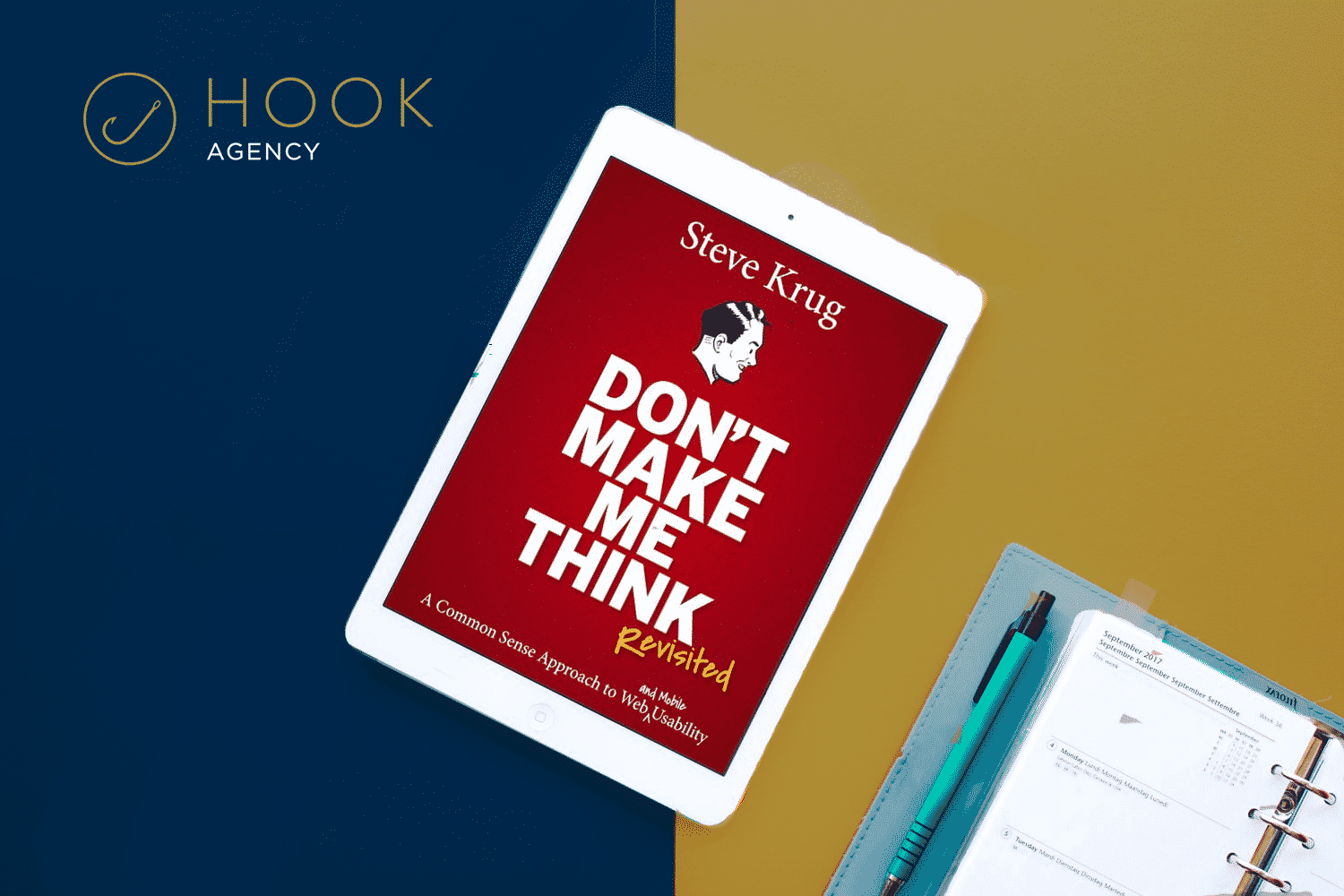Marketing is a big vast world, full of fake guru’s and fluffy unproven theories.
That’s why it took me ten years of studying it, applying it, and failing wildly 1000’s of times to bring to you seven principles that have brought more marketing success despite the many failures.
Here they are – uncut, the point is not that you’ll absorb them and understand them completely just from reading this blog, but perhaps be encouraged to continue learning about them, and be a student of the people who wrote these books and are practitioners of marketing as well.

Principle 1: The most important question in marketing is “Who is it for?”
Source: Seth Godin – AltMBA (Follow his blog and read his books)
- If you don’t first answer this before you do any piece of marketing, it’ll be less effective at getting the result you’re after.
- Where do your IDEAL CUSTOMERS hang out?
- What do they care about?
- Ideally – we actually talk about and think about 1 or 2 existing ideal customers and make their mindset (called a psychographic) a core part of our marketing strategy that we market to.
“Most inventors and marketers start with what they have (the stuff) and try to work backward to the ‘who is it for’ question. It makes a lot more sense to go the other direction. Identify a set of fears, dreams and attitudes and then figure out what sort of story fits that lock in a way that delights the consumer. Then go build that.” – Seth Godin

Principle 2: Make the customer the hero of the story, and the company the guide
Source: Donald Miller – Building a Story Brand (Buy the book, and check out his podcast)
- We all are obsessed with ourselves.
- If you don’t co-opt “Me FM” radio station in people’s heads and tell them ‘what’s in it for them’ quickly in headlines, at the beginning of videos, and all the time basically, you’ll lose their attention.
- Think of the customer as young jedi skywalker, your company as yoda and the story of a difficult journey to help you visualize them buying, and using your product while tackling their problem.
- What challenges will they need to overcome?
- Who will they become if they conquer those challenges?
- What is your customers ASPIRATIONAL IDENTITY? How can we in marketing feel like they’re part of that tribe? Belonging is VALUABLE, and highly persuasive.
A quick aside: What is Value?
A comprehensive marketing study has explored this exact question. Bain & Company collected loads of customer reviews and derived a set of 30 elements of value. The elements fall into four categories:
- Functional;
- Emotional;
- Life changing;
- Social impact.
Study this graphic to understand what types of value you should be trying to build into marketing experiences:

Principle 3: Answer questions customers have in the sales process, in marketing
Source: Marcus Sheridan – They Ask, You Answer (Buy the book)
- Write down all the objections, and most common questions your company gets in the sales process
- Make blogs and videos providing empathy and comprehensive answers to those questions.
- Create content when their is demand for topics (like Vs. posts, Pro’s and Con’s, Best of lists, pricing topics etc.)
- Get this really basic template below for capturing objections to make content about – by pressing this link and selecting Copy Spreadsheet

Principle 4: Order your marketing effort by ‘closed deals’, and 10X what’s working
Source: Grant Cardone – 10X Rule (Buy the book)
- The basic premise of the 10x Rule, is to set a goal 10X what you originally thought, and then create a plan to hit that 10X goal.
- Grant suggests ‘massive action’ on a daily basis, and I’ve found that this type of marketing does get results because ‘quantity leads to quality’ if you use every piece of marketing as an experiment to get better.
- I want to layer on this idea of ordering marketing effort by CLOSED BUSINESS. Meaning track back every closed deal or real sale to where it came from and continue to double down on what is closing deals.
Principle 5: It has to be different & memorable to stick out, so you’re not overlooked
Source: Seth Godin – Purple Cow (Buy the book, and check out his blog)
- If you were driving in the country and saw a cow it would be interesting… but after seeing 100’s of cows, they all start blending together. But what if you saw a purple cow – it would immediately be remarkable. Seth Godin suggests you need to make your marketing the equivalent of a purple cow.
- Visually how can we be different?
- Message wise – how can we set our company apart?
Principle 6: Don’t just do what others are doing, find untapped spaces & own them
Source: Blue Ocean Strategy by Renée Mauborgne and W. Chan Kim (Buy the book)
- Where is everybody spending their time on marketing? Is there any way we can play in an entirely different playground?
- For instance, Cirque De Soleil – is so wildly different than other live shows that it almost doesn’t fit into any genre. 100’s of people who have devoted their entire lives to jaw-dropping acrobatics, insanely-talented performers and pyrotechnics make this performance in it’s own league – a ‘blue ocean’, if you will, instead of the red, bloody ocean where the rest of the sharks (competitors) are circling.
- Another example is a movie theater chain in Europe that offers childcare – setting it completely apart for parents who want to come for date night.
- How can we find a blue ocean in marketing? How can make this so different from other options that we’re positioned in a class of our own?

Principle 7: Cut down steps to allow customers to do business with you easily
Source: Don’t Make Me Think (a Common Sense Approach to Web Usability) by Steve Krug (Buy the book)
- I first learned, years ago, that every field you add to a form decreases the likelihood of someone doing business with you by 2%. The more fields the less leads you’ll have. So what else does this apply to?
- When people message me on social media – wanting to work with our company, I don’t send them to our website. Instead, I send them a link to schedule a call with us via Calendly or Hubspot. This cuts down the spots that person could drop off.
- It’s wise to also make navigation super simple, and well-ordered so it takes as few clicks as possible to get to somewhere they want to go on your website.
- We build forms on the key pages of websites before someone even scrolls so that it’s dead-simple to get ahold of them, and obvious what the primary action we want them to take on the website is.
- It should be simple an easy to sign a proposal with your company as well – how can you make that simpler?
- How can you make important steps in your sales process as simple as possible to decrease the friction of working with you?















